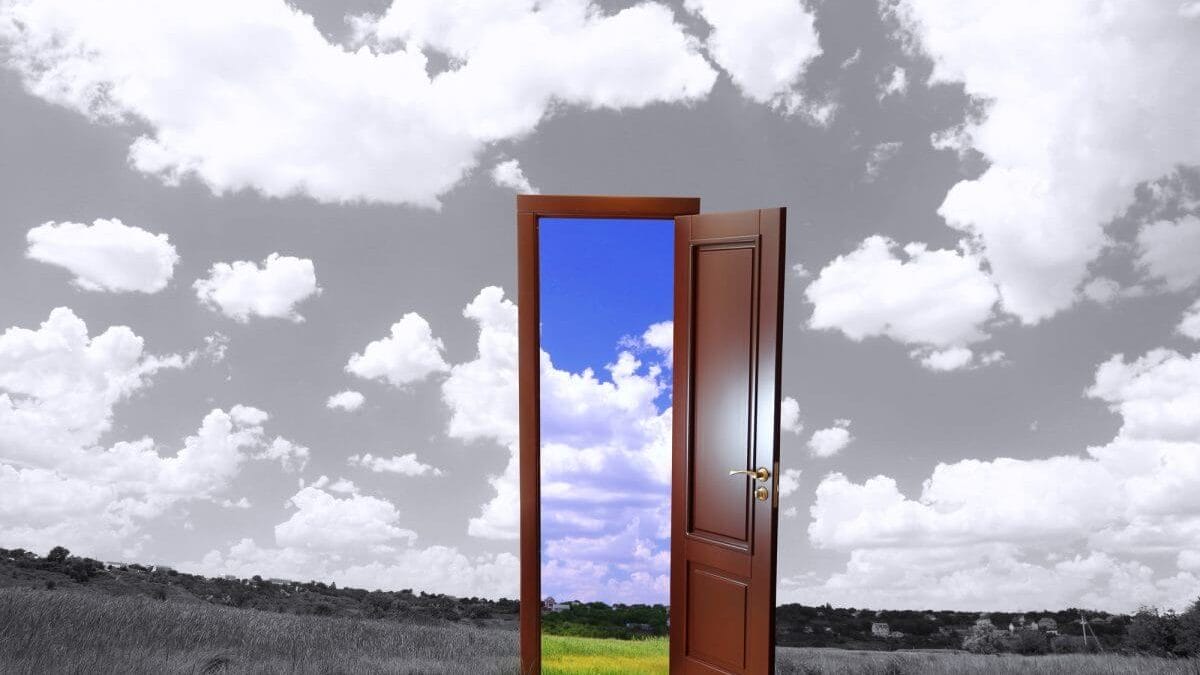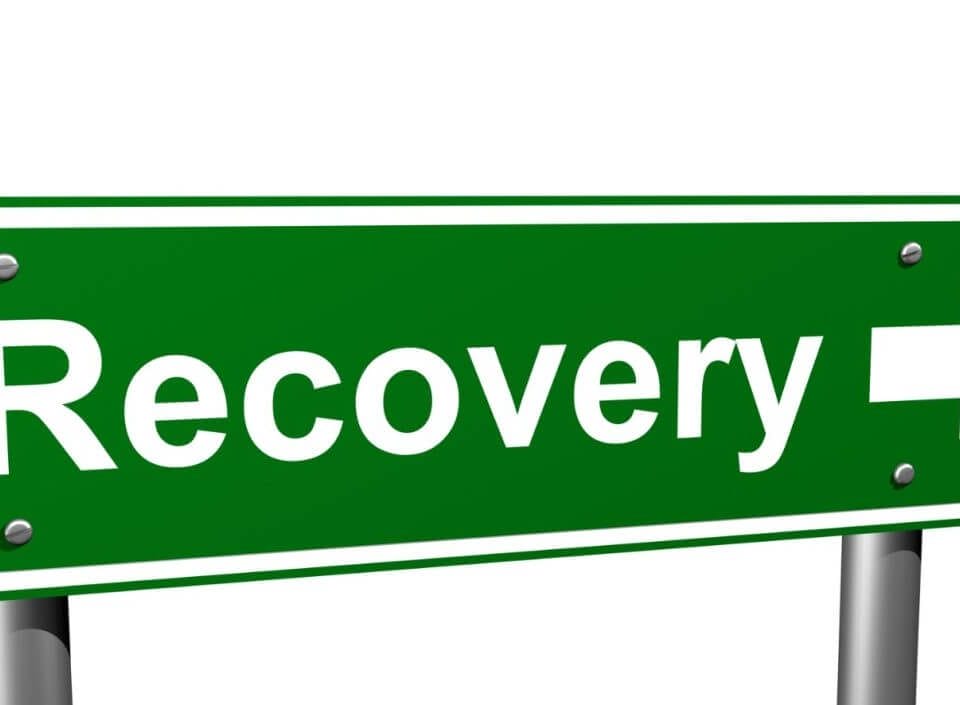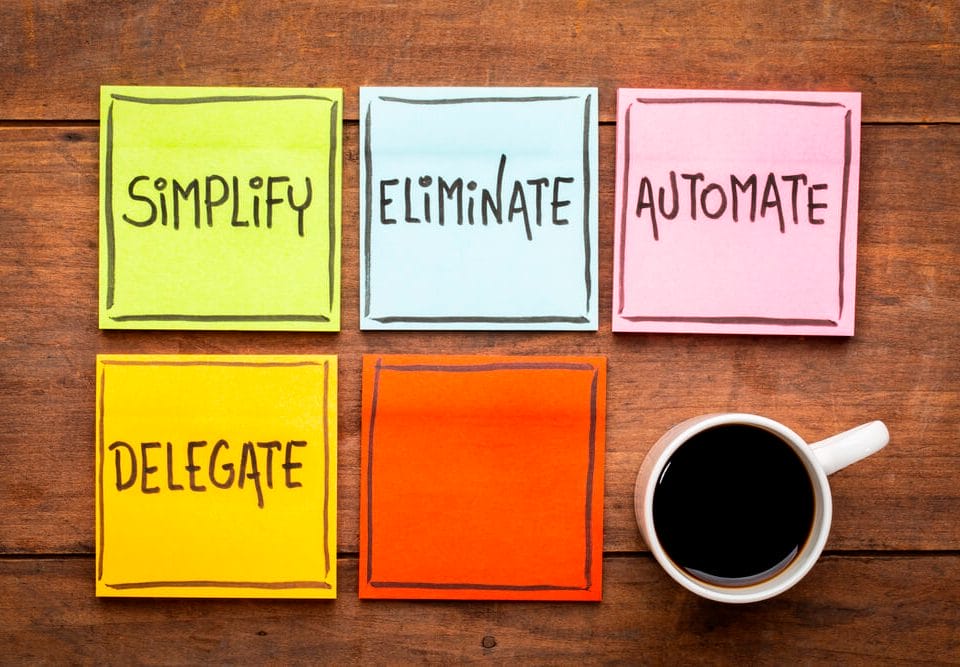
One Way Door Decision
how to solve a one way door decision vs two way door decision
In any moment of decision, the best thing you can do is the right thing, the next best thing is the wrong thing, and the worst thing you can do is nothing.
Theodore Roosevelt
26th president of the United States from 1901 to 1909
leadership quotes
Decision Making Can be Difficult
But the best businesses know that fast decision making is critical for moving forward -- not getting stuck in the mundane quest of finding the perfect decision. Many people allow themselves to anguish in deciding any decision. Though, only the high-impact decisions that can have a big impact if made incorrectly. These high impact decisions (one way door decision) make up maybe 10% of all decisions.
The low impact ones (two way door decisions) can be made quickly with low impact. That's why it's important to have a high level of confidence in your choice before making a one-way door decision. Examples of a one way decision could be quitting a job, building a house (or data center), etc.
One Way Door Decision Made Wrong
I was working for a Fortune 100 business known for its bureaucracy. I found that unfortunately, people were afraid of being wrong...making the wrong decision. And worse, this was a cultural issue. If a decision needed to be made of literally any consequence, it would be pushed up and up, until finally some executive would make the decision.
I was leading a major initiative across the business. Success of this initiative was paramount and the business considered this one of the top-5 most important programs. I was working with a vendor to source equipment (the only vendor for this particular product) -- the equipment was going to be about $80MM. Yes. A great deal of money. The challenge was that we needed to spend this (no way around it) and the price was going up in 4 months to $120MM ($40MM more). The CFO had decision making authority over this -- it was a no brainer. The positive impact to the business would be felt from this spend.
Well 6 months later, the decision was finally made to approve the cost. The $80MM did in fact increase to $120MM. And the business paid it. $40MM lost due to slow decision making.
One Way Door vs Two Way Door
A one way door decision is one that can't be undone or changed easily once made. These are typically about 10% of all decisions. They're usually final decisions with a lot of consequences, so it's important to be extra careful before making one. You want to be sure you have sufficient data to support the decision. And alternatives -- what are they in place of this? What if it doesn't go well after you've made the decision?
A two way door decision is one that can be undone and changed once made. This is about 90% of all of your decisions. You can read our article two way door quick decision making
Tips for Making a One Way Door Decision
Here are some tips for making sure you're confident in your decision before making a one-way door decision:
- Do your research.
- Make sure you understand all the options and consequences before making a decision. One way door decisions are usually complex, so it's important to take the time to understand all the factors involved. Look at the data. How does it support the decision.
- Are there options to this specific decision. Can you weight the options -- maybe a SWOT analysis could help.
- Also, I've found that listing the negatives of a decision -- and the specific negative impact that would be caused << How big is that impact? >> is a helpful exercise as well.
- Get input from others.
- Get input and advice from people you trust before making a one-way door decision. They may have experience or knowledge that you don't, which can help you make a more informed decision.
- Depending on the scope of the decision -- should you connect with peers and validate your analysis from #1? For major business decisions, would it be valuable to bounce the ideas off of the board or outside peer mentors?
- Consider all the options.
- Don't just go with the first option that seems good. Consider all the potential options, impacts and outcomes before making a one way door decision. Based on the above assessments ... is one better than the next and why?
- Are there alternatives to do if you make this one way door decision and it doesn't work out?
- Make a plan
- Before making a one-way door decision, make a plan for how you'll execute it and what you'll do if things don't go as planned. Having a plan will help you feel more confident in your decision and prepared for any potential challenges.
- As the plan is built, go through the scenario and try to poke holes in it. I've even seen teams in M&A do blue team and red team scenarios to further validate the decision to buy a business. This concept can be used for other one way door decisions outside of M&A as well
- Be prepared to live with the consequences.
- Before making a one-way door decision, be prepared to live with the consequences, good or bad. Consider how the decision will impact your life and the lives of those around you.
- Before making a one-way door decision, be prepared to live with the consequences, good or bad. Consider how the decision will impact your life and the lives of those around you.
Making one-way door decisions can be difficult, but if you take the time to do your research, get input from others, and consider all the options, you can make a decision you're confident in.
If you have any questions, please contact Born Leadership.
We cannot solve our problems with the same thinking we used when we created them.
Albert Einstein








